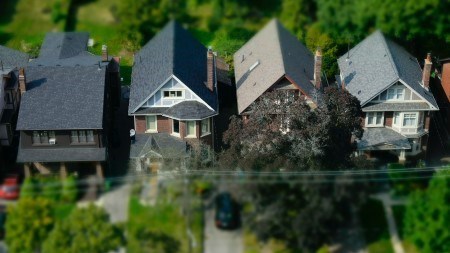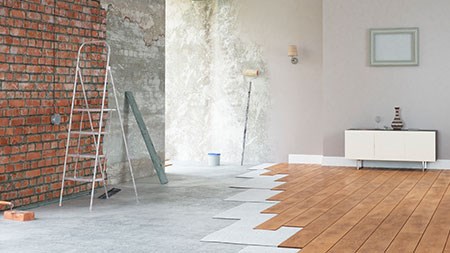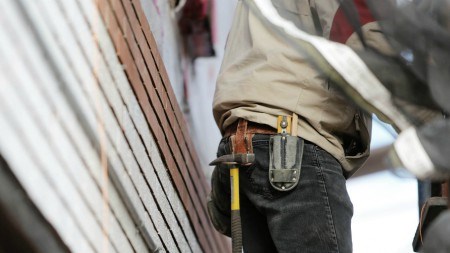The recent summer rains in many parts of South Africa have brought great relief to drought-stricken farmers and gardeners - but dismay to those homeowners who forgot to check the state of their roofs in the dry season and now find themselves hunting for buckets and bowls to catch the drips every time the storm clouds start to gather.
And roof leaks are much more than an inconvenience, says Berry Everitt, CEO of the Chas Everitt International property group. “They are actually a serious problem that can quickly result in many thousands of rands worth of water damage to other parts of your home, including roof trusses, ceilings, walls and the electrical system - as well as carpets and cupboards."
So it’s very important not to ignore any leak, but to find its source and get it fixed as soon as possible.”
Writing in the Property Signposts newsletter, he notes that there are of course a host of things that can damage roofs, including the sun's ultraviolet radiation, extreme cold, high winds, debris from surrounding trees, mildew and condensation.
And sometimes leaks develop simply because the tiles, slates, thatch or roof sheeting have reached the end of their lifespan.
However, says Everitt, you should never be persuaded to go to the extreme of replacing your whole roof, or large parts of it, before you have checked out these seven other common (and easily fixable) causes of roof leaks:
Damaged flashings. The flashings that are installed along the joints of your roof specifically to seal and protect these “weak points” from water ingress or unwanted pests do take more strain than most other parts of the roof. As a result, it is not uncommon for them to become cracked or damaged, especially around skylights or chimneys or where two sections of roof meet in a “valley”, and this should be the first thing you check if your roof starts to leak.
Broken or missing tiles or slates. Roof tiles that are damaged or have slipped are another very common cause of leaks. It is easy to spot such problems and fixing them can be a simple as buying some new tiles and sliding them into place. However, your contractor will also need to check that there has been no damage to the waterproofing, rafters or insulation beneath the tile.
Poorly placed fixings. An easily avoided cause of future roof leaks is when roofing nails or fixings are not secured into the rafters. Missing the rafters means you now have a bolt or nail protruding into your roof space, offering a direct route for water ingress and leaks. To remedy this situation, the fixings need to be extracted and the resulting holes need to be properly sealed.
Clogged gutters. If your gutters get clogged up with leaves and other debris, rainwater won’t be able to drain away from your roof properly. It will dam up in certain areas or start spilling over the gutters and getting into all sorts of areas it is not supposed to, like fascias, rafters and walls. So make a note to check that your gutters are kept clear, and cut back any overhanging trees because dropped branches can also damage your roof itself.
Damaged soffit or fascia boards. These boards are supposed to prevent water or unwanted pests from getting into your roof space from below or in front. However, they can also become damaged over time by sun, wind and rain, especially if they are made of wood. You need to check them for cracks or holes big enough to let in rain, birds or rodents, and preferably replace them with modern UPVC boards if they are damaged.
Pitch problems. The way that different roofing materials are installed depends on the pitch of the roof. For example, roofs with a shallow pitch often require more waterproofing or better flashing than those with steeper pitches, so you need to check that your roof was properly constructed – and get an expert to fix any pitch problems as soon as possible.
Lean-to roofs. If your home has a garage, carport or veranda with a lean-to roof, you need to inspect it regularly. If it tucks underneath where your main roof sheds a lot of rainwater, the repeated impact of this water will most likely compromise this roof over time, and you should aim to install a gutter or replace the bottom tiles or roof sheeting before a leak develops.



